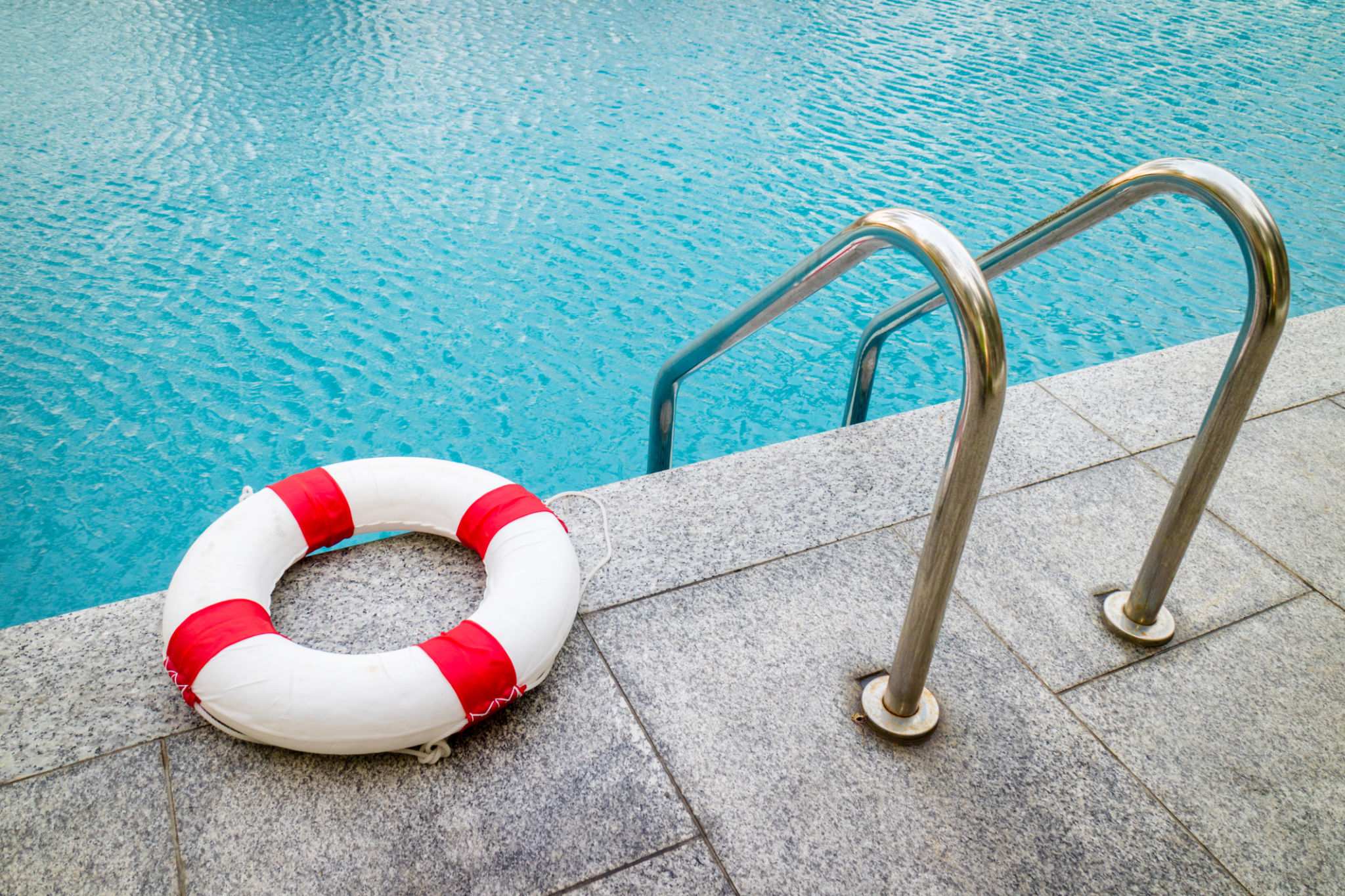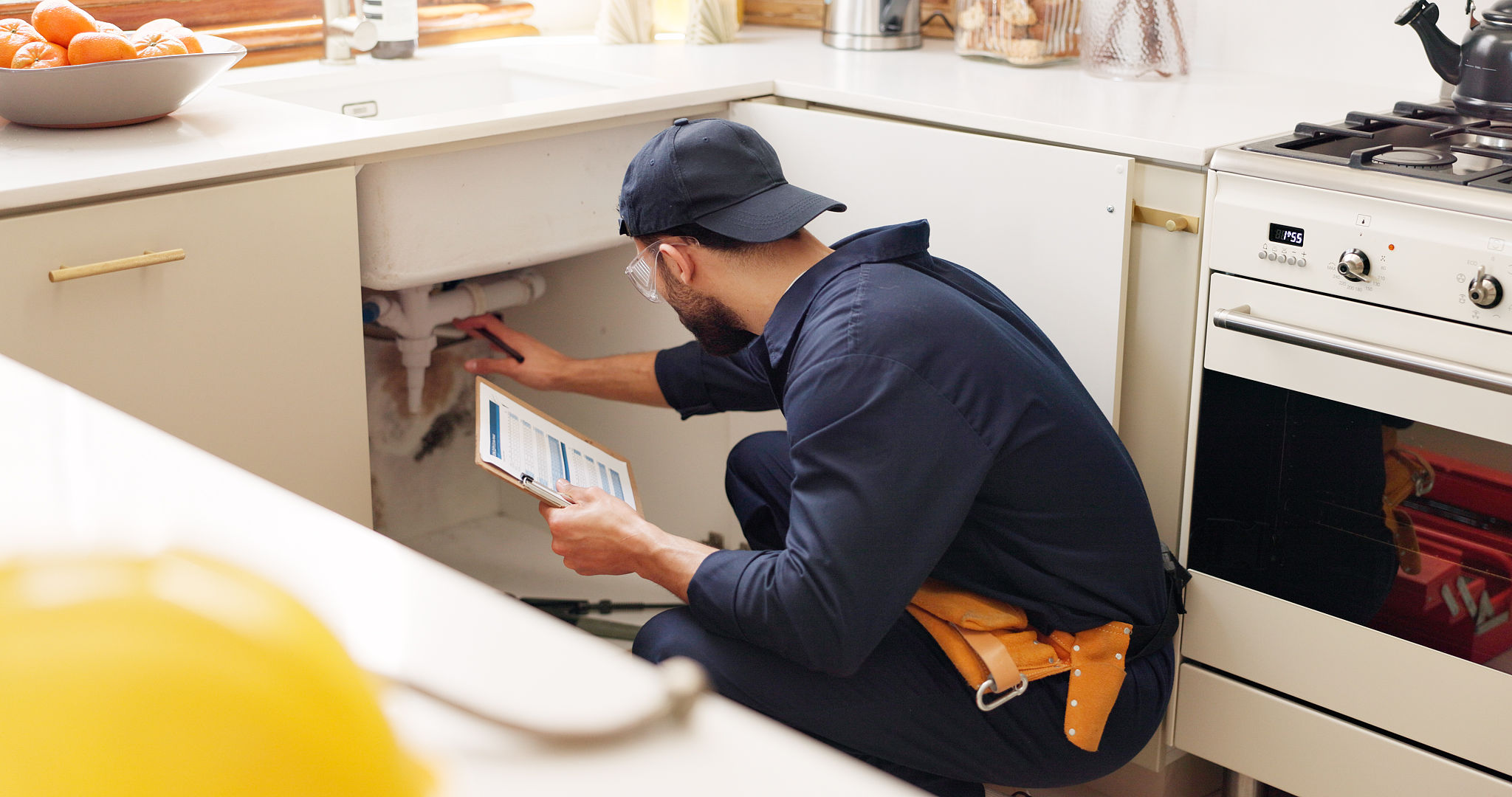Understanding Backflow Prevention Regulations in Granbury
Understanding Backflow Prevention Regulations in Granbury
Water safety is a paramount concern for any community. In Granbury, ensuring that our water supply remains uncontaminated is a top priority. One of the crucial components in maintaining clean water is the implementation of backflow prevention measures. Understanding these regulations is vital for residents, businesses, and public facilities.

What is Backflow?
Backflow occurs when water flows in the reverse direction, potentially allowing contaminants to enter the potable water supply. This can happen due to changes in pressure within the water system. For example, if there's a sudden drop in water pressure, water may flow backward from private properties into the public water supply, bringing with it possible pollutants.
Such incidents can lead to serious health risks, which is why backflow prevention regulations are in place. These rules help protect our water supply by ensuring that all connections to the public water system are equipped with devices that prevent this backward flow.
Granbury's Backflow Prevention Requirements
In Granbury, the city has established specific requirements for backflow prevention to safeguard community health. Property owners must install and maintain approved backflow prevention devices. These devices must be tested annually by certified professionals to ensure they function correctly.

The city mandates different types of backflow prevention devices depending on the level of hazard posed by a particular property. Residential homes typically require less stringent devices compared to industrial facilities that may handle hazardous materials. It's essential for property owners to comply with these regulations to avoid penalties and ensure public safety.
Types of Backflow Prevention Devices
There are several types of backflow prevention devices utilized in Granbury:
- Air Gap: A simple method that involves a physical separation between the water supply and potential contamination sources.
- Reduced Pressure Zone (RPZ): A more complex device used for high-risk applications.
- Double Check Valve Assembly (DCVA): Suitable for medium-risk scenarios.
The selection of a device depends on the level of risk associated with the property. It's crucial for residents and businesses to consult with a certified professional to determine the appropriate device for their needs.
Importance of Regular Testing and Maintenance
Once installed, backflow prevention devices require regular testing and maintenance. Granbury regulations stipulate annual tests to ensure these devices are operational and effective. Failing to conduct these tests can lead to device failure and potential contamination of the water supply.

Regular maintenance not only ensures compliance but also extends the lifespan of the devices, providing long-term protection for Granbury's water supply. It's advisable for property owners to schedule annual inspections with certified testers well in advance.
How to Stay Compliant
Staying compliant with Granbury's backflow prevention regulations involves several steps:
- Install an appropriate backflow prevention device based on property risk level.
- Schedule annual testing with a certified professional.
- Maintain records of all tests and repairs for city inspections.
- Stay informed about any changes in local regulations or requirements.
By following these steps, residents and businesses can help protect their community's water supply while complying with local laws.
Understanding and adhering to backflow prevention regulations is crucial for maintaining the integrity of Granbury's water supply. By taking proactive measures, we can ensure that our water remains safe and clean for everyone in the community.